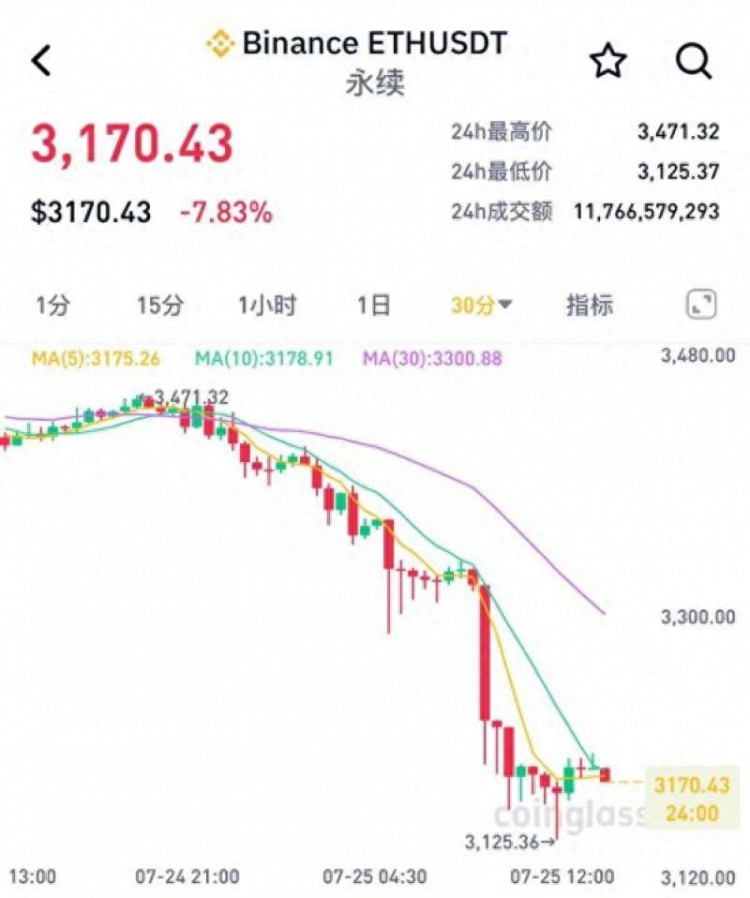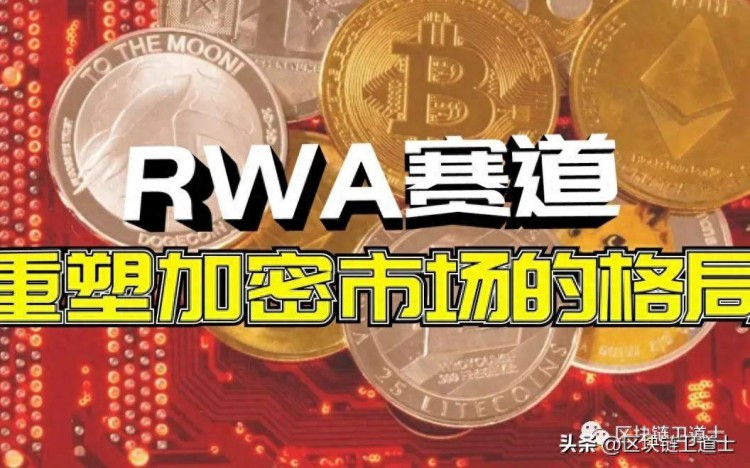Santiago Campos shares insights on the development of decentralized applications and the increasing challenges of scalability with the rise of Ethereum. Developers are faced with difficult choices when it comes to managing the functionality and data richness of their applications while dealing with the high gas fees and gas usage limitations. In response to these challenges, RISC Zero has introduced Steel, a hardened alloy connecting RISC Zero to Ethereum, providing a significant shift in the way developers interact with Ethereum L1 or other EVM chains.摘要:结合RISCZerozkVM的功能,Steel使开发人员能够在以太坊L1或任何EVM等效链上构建更安全、可扩展且高效的应用程序。它的原理Steel通过三个步骤在RISCZerozkVM中证明Solidity代码,简化了执行的过程:预飞行阶段:通过对以太坊RPC节点进行视图调用来启动预飞行,会缓存必要的存储槽,仅使用查询所需的数据填充EVM数据库。...
Steel bridges the gap between Ethereum application development and zero-knowledge technology, making it easier for developers to leverage the power of ZK in their smart contracts. By combining the capabilities of RISC Zero zkVM, Steel allows developers to build more secure, scalable, and efficient applications on Ethereum L1 or any equivalent EVM chain.
Using Steel, developers can perform several tasks seamlessly, such as executing Solidity smart contracts within zkVM, accessing historical Ethereum states within zkVM, utilizing continuations for computation without limitations on block and transaction data size, ensuring secure and reliable off-chain computations similar to on-chain executions, enabling private computation of Ethereum states, maintaining flexibility through open-source code libraries, and more.
Steel simplifies the process of executing view calls similarly to specifying desired Solidity methods. The seamless integration of Steel with RISC Zero zkVM streamlines the process while guaranteeing security and efficiency. Tests have shown that Steel is capable of handling over 100K SLOAD operations in a single view call, resulting in significant cost savings in gas fees on the mainnet.
The article provides a code snippet demonstrating the process of using Steel to prove the balance of a specific address deployed on ERC-20 contract on Ethereum, showcasing how developers can interact with Ethereum on zkVM. It also outlines the principles of Steel, explaining the three-step process it follows to prove Solidity code within RISC Zero zkVM, simplifying the execution process.
With the potential integration of off-chain computations with on-chain verifications in the future, Steel aims to contribute significantly to the creation of the next generation of data-rich and more powerful on-chain applications.



